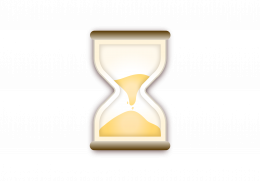The HDL Hypothesis: Past, Present, and Future
Following an AMI, the risk of recurrent CV events remains high, particularly during the first 90 days. Despite advances in standard of care treatment, an unmet therapeutic need persists for these patients. This engaging symposium brings together an expert faculty to explore the mechanism of cholesterol efflux and its impact on post-AMI CV events. The panel will outline the pivotal role ApoA-I, a key functional component of HDL, plays in this setting, and discuss recent developments in the high-risk post-AMI landscape.





